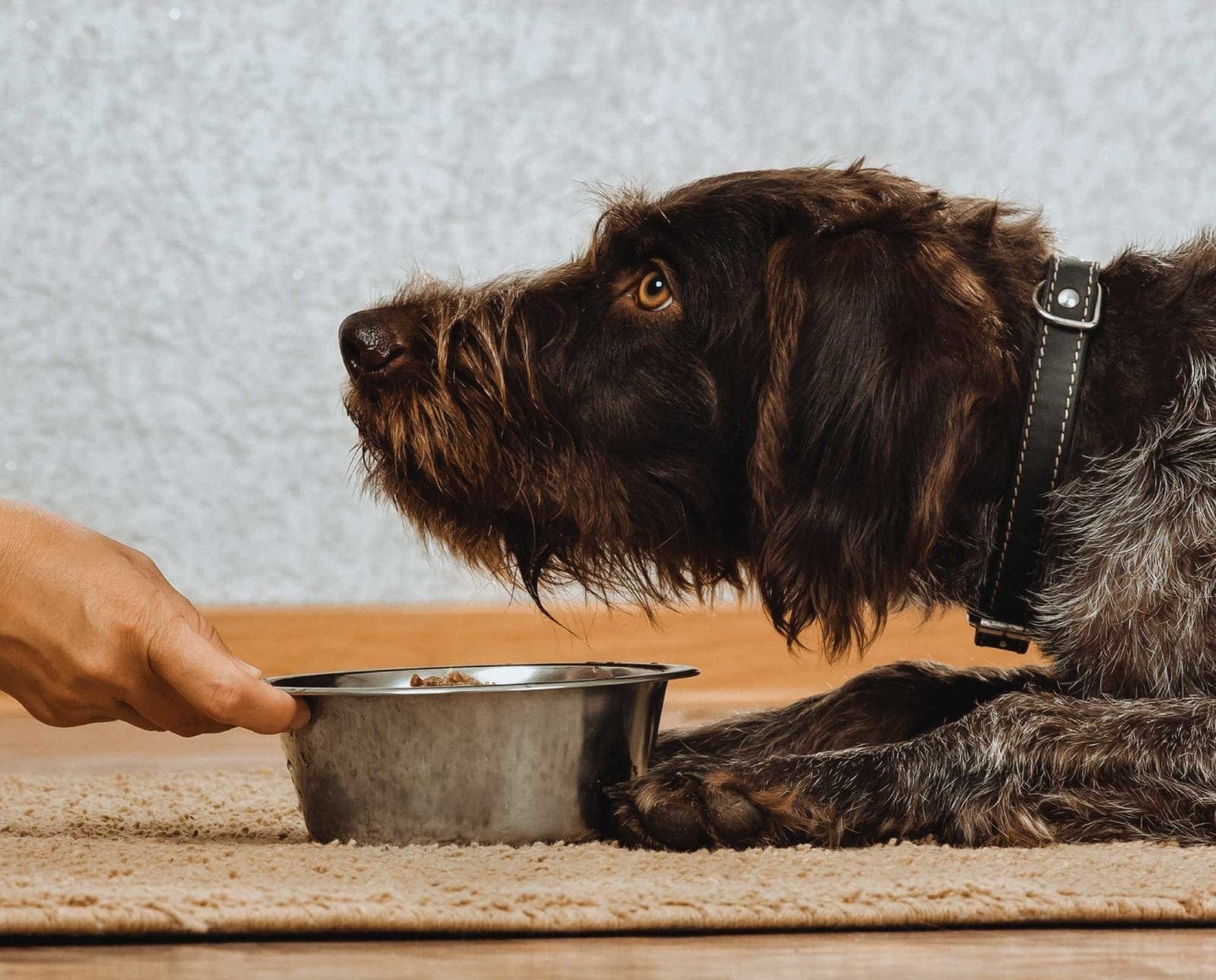Home » Hunting Dogs » Place Training in Your Home
Place Training in Your Home

Jason Carter is a NAVHDA judge, NADKC member, director of…
Working on at-home training drills for proper place training: ways to eliminate whining and movement and prepare for hunting.
Sit and stay is a tall order. I don’t know about you, but this is no easy task for me or my bird dogs. I’m sitting here writing this article with four very patient hunting dogs huddled up beside me awaiting anything remotely training related. And so place training is one of the things that can be accomplished at home and even with some help from the kids.
Listen to more articles on Apple | Google | Spotify | Audible
If you have ever been waterfowl hunting with a young or developmental gun dog, you know how stressful whining and barking can be. Instead of watching that sunrise with your favorite cup of joe, you find yourself wrestling your hunting dog to keep it quiet and still. It’s in those times we realize that we should have better prepared our dog to control its emotions. Blaine Carter from Merrymeeting Kennels has created a series of at home drills that helps eliminate the issue.
To start, we need to understand the causes of whining, barking, and fidgeting in the blind. It’s a dog’s inability to control its emotions and to be patient in a particular situation. The poor behavior comes from a dog not being able to cope with the anxiety of the situation. When you add separation, the unconditioned dog becomes more and more anxious. To prepare the dog for this exercise, start in your own home where your dog feels secure. Yes, you need to get off the couch and make a plan. We will start this journey with four simple steps that will ease the dog’s separation and anxiety.
Step 1: Patience
Your goal is to have a dog that is comfortable and willing to remain in place for 10 minutes. During this training you need to be prepared to reset the dog numerous times. Your patience here is a must. Cutting this exercise short will not help in the dog’s understanding to remain in position. This exercise is designed to teach patience and help the dog understand the goal of remaining till released. Again, you must get accuracy before the next step begins.
Step 2: Separation
Still working inside your home, command your dog to stay, go out of sight and count to 10. Leaving the dog in one room and going to another starts your dog’s ability to build confidence while waiting for your return. Your patience here is a must. Start with short intervals and gradually lengthen your time out of sight. This may take some time but with repetitions it can be done. Your dog’s impatience is what you are working on at this time. Again, accuracy before moving on to the next step is key.
Step 3: Proofing
Sit your dog in his regular training spot, place his bowl of food on the floor a few feet away. Your goal is to have your dog wait the full 10 minutes for his dinner. This drill may prove to be difficult for the trainer and dog. Start with a long lead to maintain control and systematically move the food closer to the dog and you farther away. Over time your line of control will grow. Once the dog learns to remain with the bowl close and you at the end of the lead, you can begin the off lead process. Again, start close to the dog and work your way back off lead. Do not forget your patience! Remember, dogs that are afraid struggle to learn. When the dog has accepted the 10 minutes we can proceed to step four.
Step 4: Reliability
Repeat step three but now leave the room. The dog should not move until it has completed the full 10 minutes. This is a test of his reliability. Try just a few kibbles for one minute, a few more for two, and on and on. If possible set this up in a situation where you can peek. Eventually, your goal of 10 minutes will be achieved. You have a dog that recognizes you will return and there will be a reward. You both have gained confidence and lowered the anxiety of the task.
There is no rush to complete this. Time is to your advantage. Up to now, you have been working in the comfort of your home. More proofing occurs when you change locations. Always start small and grow your successes. I hope this will help in some of your outside work with remaining and steadiness by blind.
Jason Carter is a NAVHDA judge, NADKC member, director of youth development, secretary of NAVHDA’s youth committee, clinic leader and trainer at Merrymeeting Kennels. He has been around versatile hunting dogs his entire life, literally! Born into the Carter family and Merrymeeting Kennels, he attended his first NAVHDA test in Bowdoinham, Maine, when he was just a year of age. Jason successfully trains, tests and breeds Deutsch Kurzhaars in both the NAVHDA and NADKC testing systems. Through his work at the kennel, Jason has had the opportunity to develop pointers, flushers and retrievers over the years. When October arrives he can be found with family and friends hunting throughout New England.



